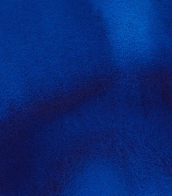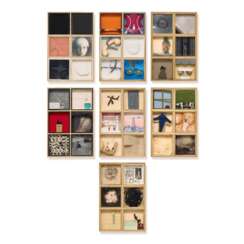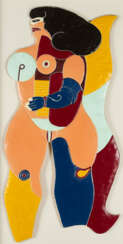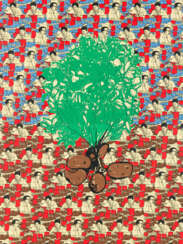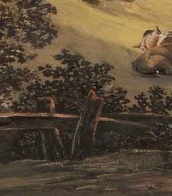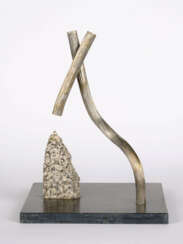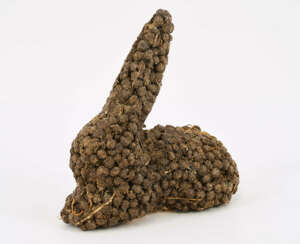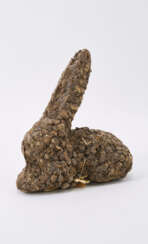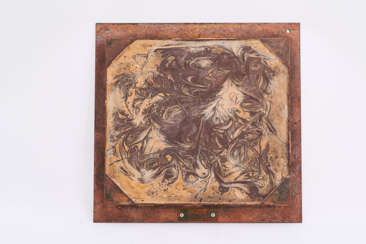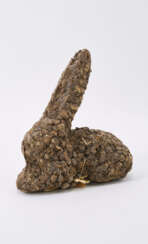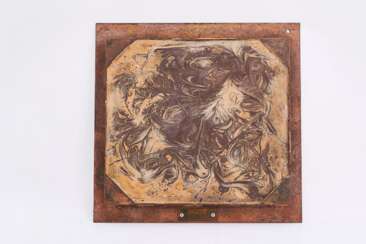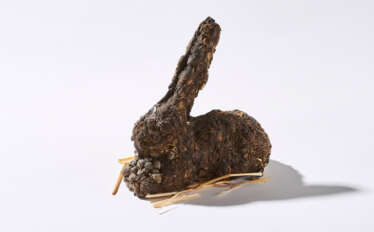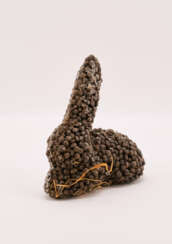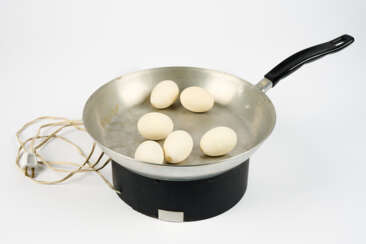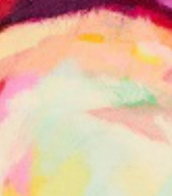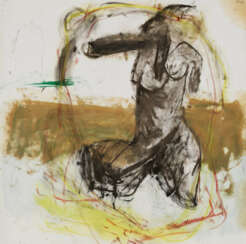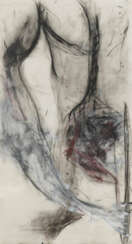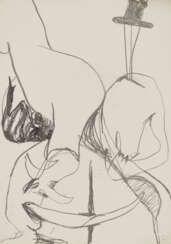edition eat art galerie
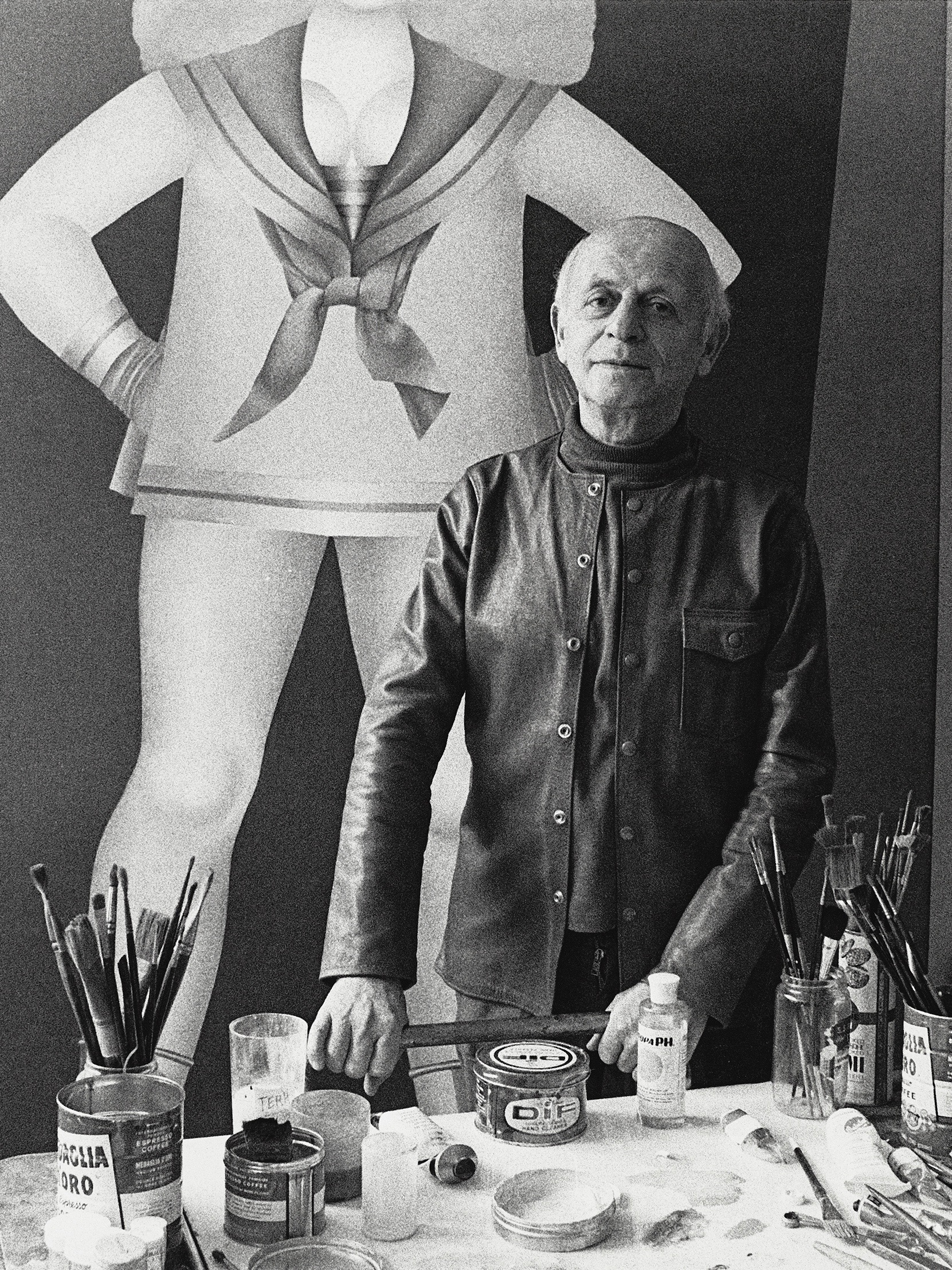
Richard Lindner was a German-American artist.
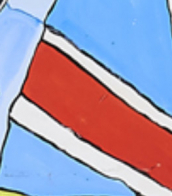
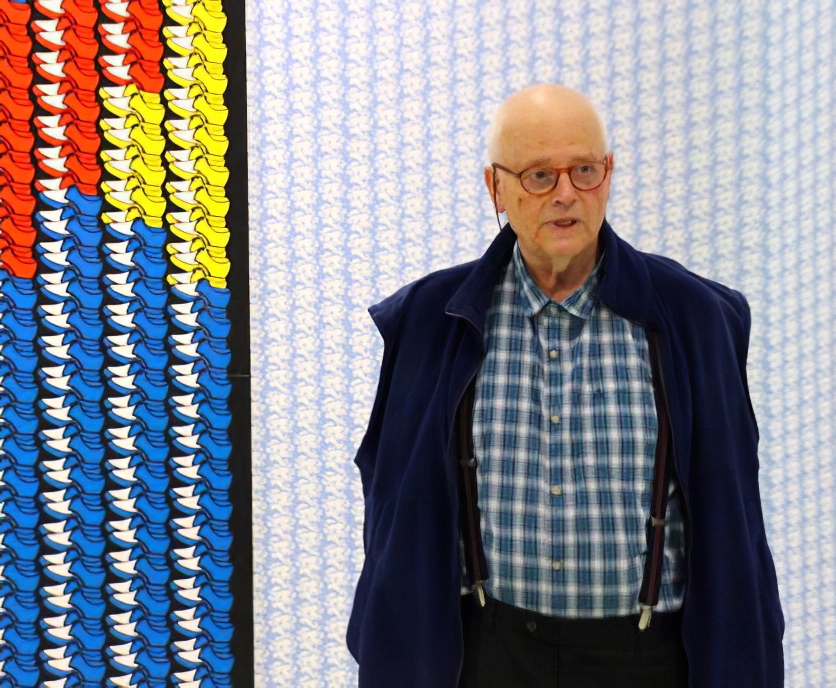
Thomas Bayrle is a contemporary German conceptual artist.

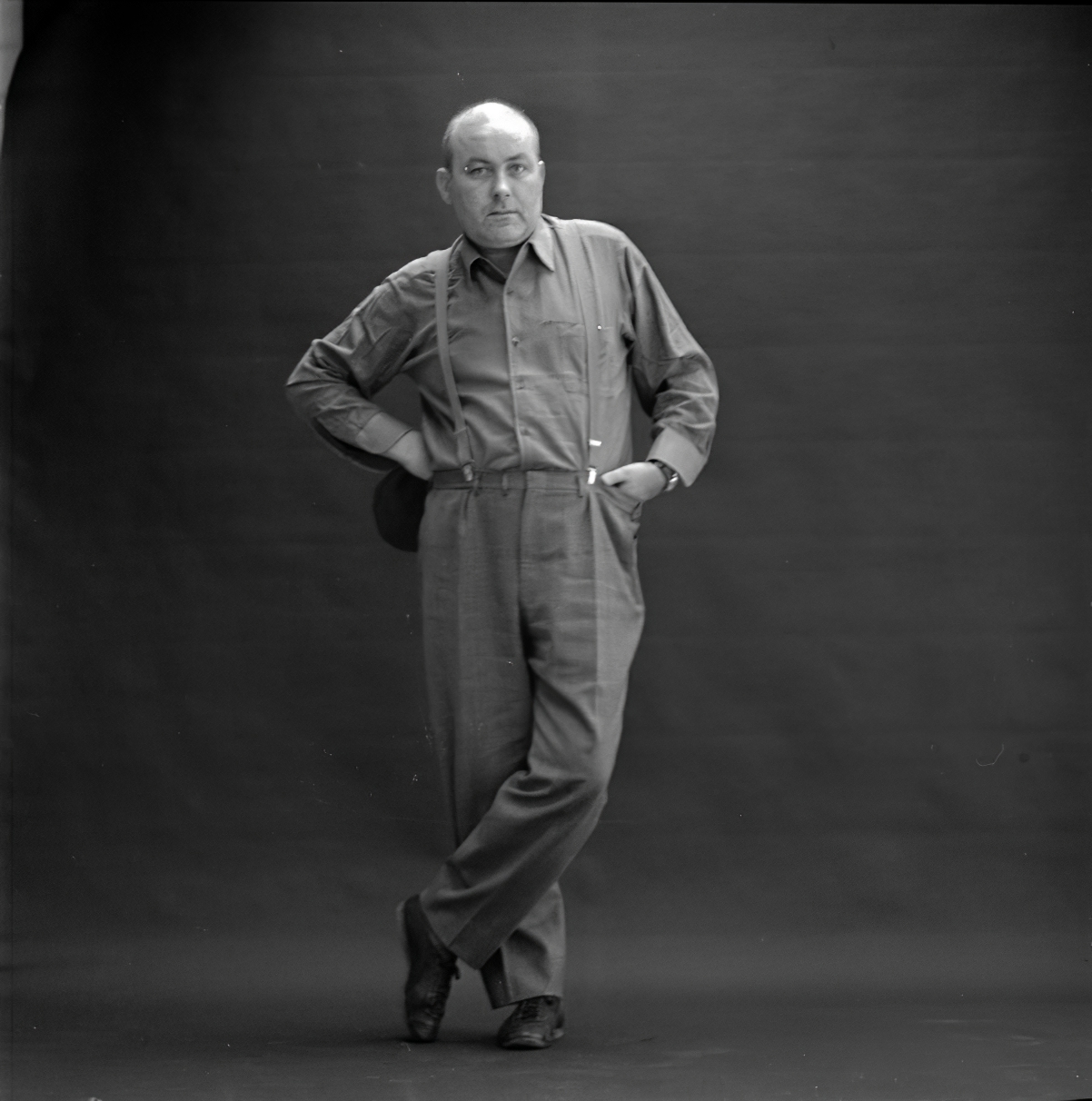
Karl-Dietrich Roth was a Swiss artist best known for his artist's books, editioned prints, sculptures, and works made of found materials, including rotting food stuffs.
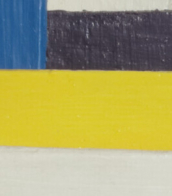

Karl-Dietrich Roth was a Swiss artist best known for his artist's books, editioned prints, sculptures, and works made of found materials, including rotting food stuffs.
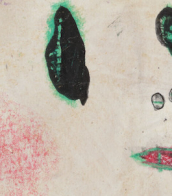
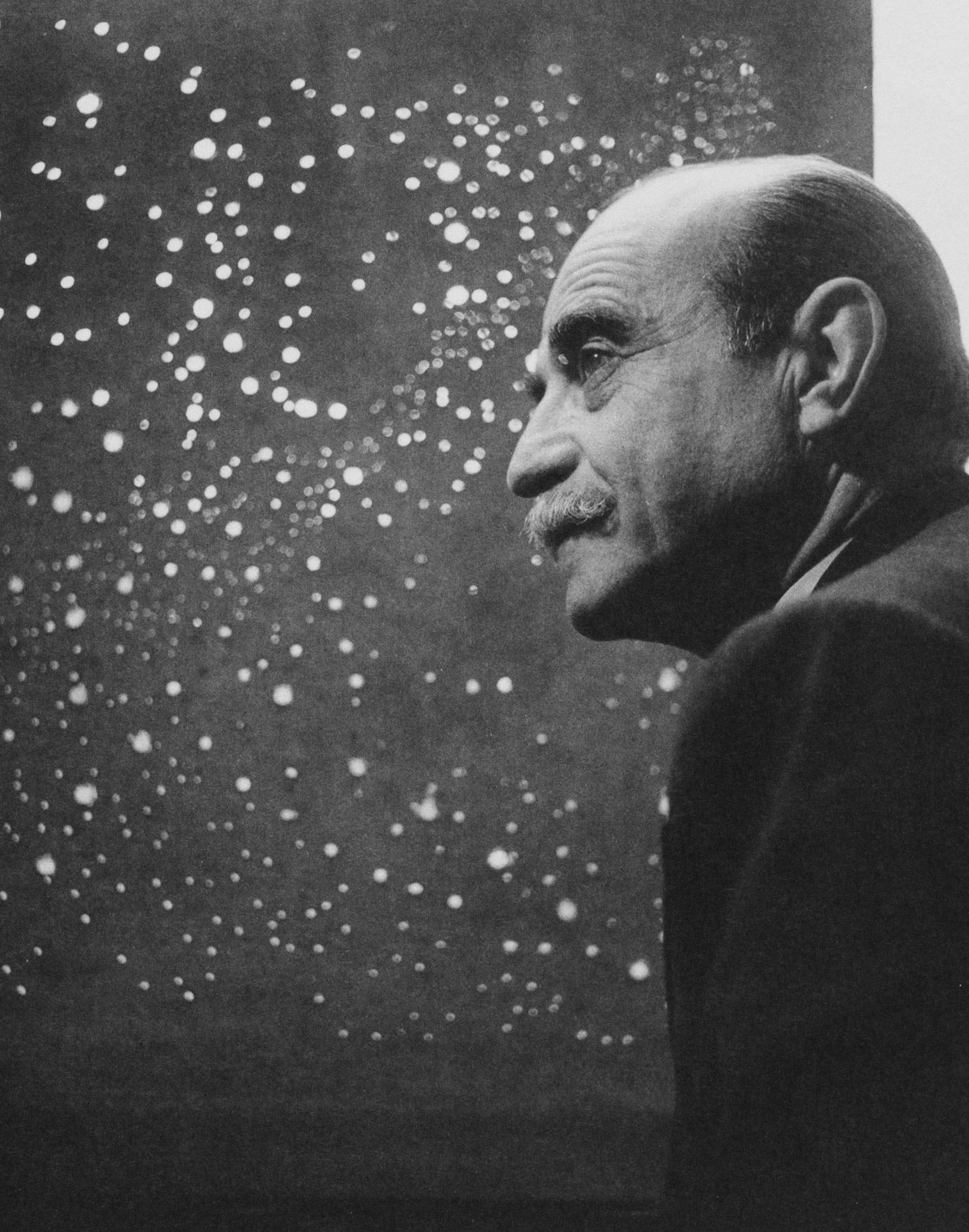
Lucio Fontana was an Argentine-Italian artist known for his pioneering work in the field of Spatialism, an artistic movement that explored the relationship between space and art.
Fontana studied sculpture at the Academy of Fine Arts in Milan, Italy. In the 1940s, he began experimenting with a technique he called "Spatial Concept," in which he punctured or cut holes into the canvas to create a sense of depth and dimensionality.
Throughout the 1950s and 1960s, Fontana continued to explore the possibilities of Spatialism, creating works in a variety of media, including sculpture, ceramics, and painting. One of his most famous series of works is the "Tagli" (Cuts), which consist of monochromatic canvases with one or more slashes or punctures.
Fontana's work had a significant influence on the development of the Arte Povera movement in Italy, as well as on the development of Minimalism and Conceptual Art. He exhibited his work widely in Europe and the United States, and his legacy continues to be celebrated by artists and critics today.
Fontana's innovative approach to art and his exploration of the relationship between space and form continue to be a source of inspiration for artists working in a wide range of media.
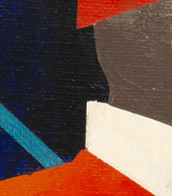

Karl-Dietrich Roth was a Swiss artist best known for his artist's books, editioned prints, sculptures, and works made of found materials, including rotting food stuffs.
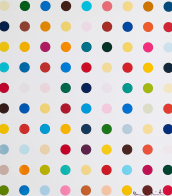

Karl-Dietrich Roth was a Swiss artist best known for his artist's books, editioned prints, sculptures, and works made of found materials, including rotting food stuffs.
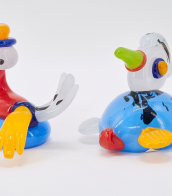

Karl-Dietrich Roth was a Swiss artist best known for his artist's books, editioned prints, sculptures, and works made of found materials, including rotting food stuffs.


Karl-Dietrich Roth was a Swiss artist best known for his artist's books, editioned prints, sculptures, and works made of found materials, including rotting food stuffs.


Karl-Dietrich Roth was a Swiss artist best known for his artist's books, editioned prints, sculptures, and works made of found materials, including rotting food stuffs.


Karl-Dietrich Roth was a Swiss artist best known for his artist's books, editioned prints, sculptures, and works made of found materials, including rotting food stuffs.
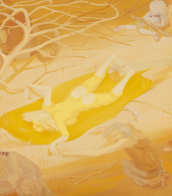

Karl-Dietrich Roth was a Swiss artist best known for his artist's books, editioned prints, sculptures, and works made of found materials, including rotting food stuffs.


Karl-Dietrich Roth was a Swiss artist best known for his artist's books, editioned prints, sculptures, and works made of found materials, including rotting food stuffs.


Karl-Dietrich Roth was a Swiss artist best known for his artist's books, editioned prints, sculptures, and works made of found materials, including rotting food stuffs.
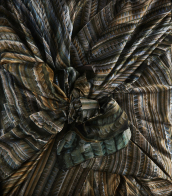

Pol Bury was a Belgian sculptor and artist, celebrated for integrating movement into his sculptures and pioneering the kinetic art movement. Born on April 26, 1922, Bury began as a painter in the Jeune Peintre Belge and the COBRA groups, later transitioning to sculpture. His most renowned work, the fountain-sculpture 'L'Octagon', is a highlight in San Francisco. His innovative art was acknowledged when his work was auctioned at Christie's in 2008, recognizing the unique nature of his contributions to art.
Pol Bury's creations can be found in permanent collections, like that of the Chelsea Art Museum, amongst others.
.
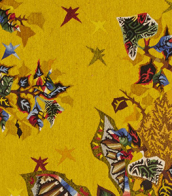
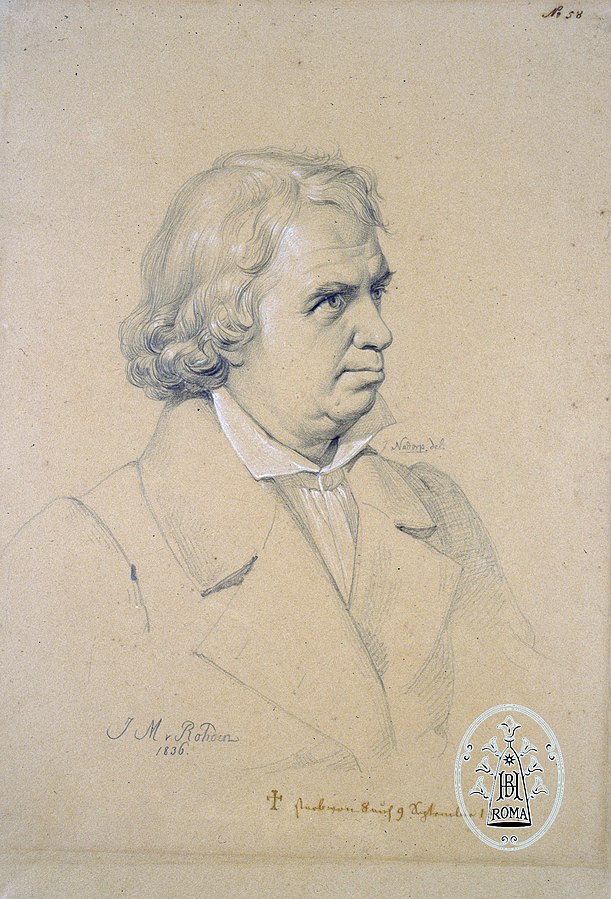

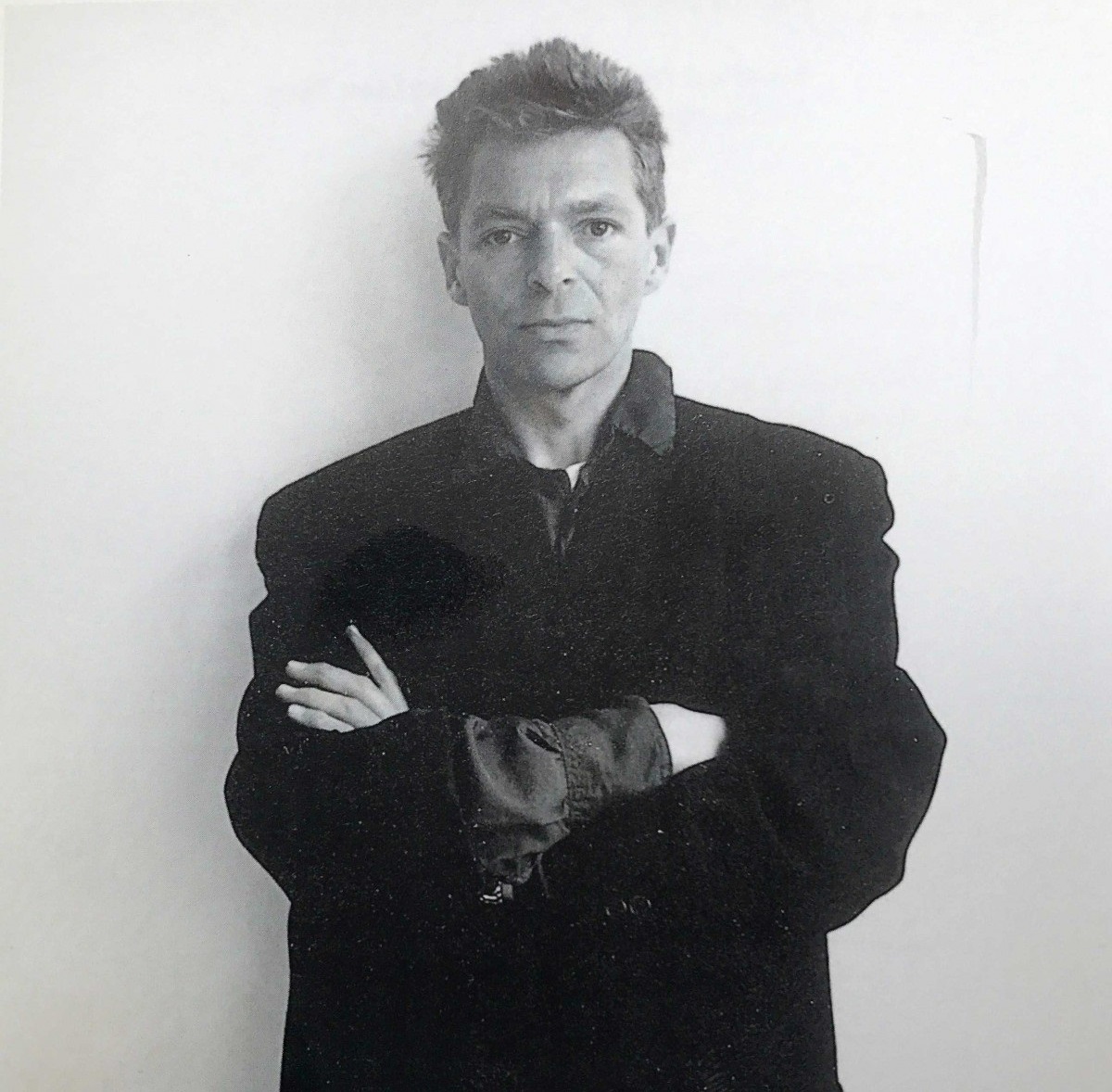
Martin Disler was a Swiss painter, draughtsman and writer. He is associated with the Neue Wilde painting style.


Martin Disler was a Swiss painter, draughtsman and writer. He is associated with the Neue Wilde painting style.
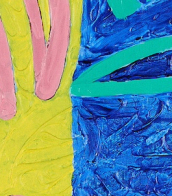

Martin Disler was a Swiss painter, draughtsman and writer. He is associated with the Neue Wilde painting style.


Martin Disler was a Swiss painter, draughtsman and writer. He is associated with the Neue Wilde painting style.


Martin Disler was a Swiss painter, draughtsman and writer. He is associated with the Neue Wilde painting style.
